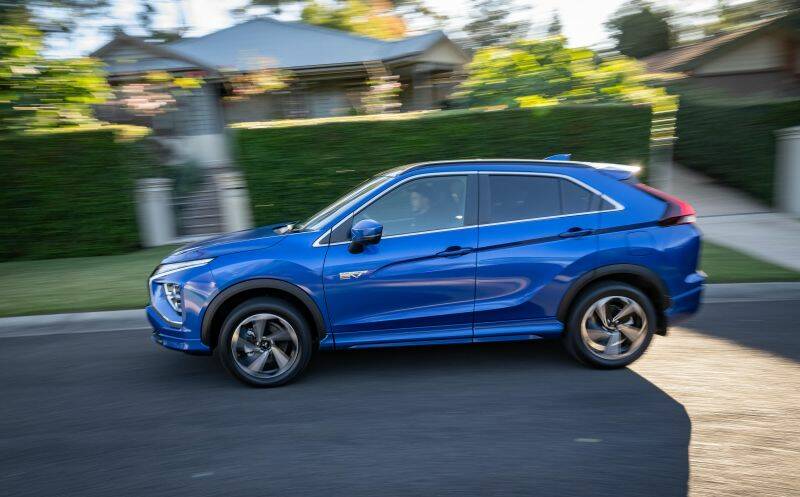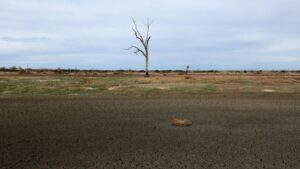
In the first half of 2025, BYD has emerged as the dominant player in Australia’s plug-in hybrid vehicle (PHEV) market, delivering a staggering 14,799 units. This remarkable performance comes just a year after the company began selling PHEVs in Australia, showcasing a significant growth trajectory in a rapidly evolving automotive landscape. Overall, PHEV deliveries across the country surged by 210.2 percent compared to the same period in 2024, reaching a total of 25,613 vehicles.
The total number of new vehicles sold in Australia during the first half of 2025 stood at 624,130, of which 15 percent were hybrids, 7.6 percent were electric vehicles (EVs), and 4.1 percent were PHEVs. BYD’s impressive sales figures have positioned it well ahead of its nearest competitor, Mitsubishi, which delivered only 3,690 PHEVs during the same period.
BYD’s Rapid Rise and Competitive Landscape
Despite having a longstanding history in the PHEV market, Mitsubishi has been significantly outpaced by BYD. The Japanese manufacturer was the first to introduce a PHEV SUV in Australia back in 2013, yet it has struggled to maintain its position as the market has shifted. Mitsubishi is currently rolling out an updated model while its older versions are in the runout phase.
In contrast, BYD has a longer history of producing PHEVs, having launched its first model in China in 2008. The company has capitalized on its experience and innovation, resulting in two PHEV models that have outsold Mitsubishi’s offerings combined. The BYD Sealion 6 and Shark 6 have become top choices for Australian consumers, with the Sealion 6 not only leading PHEV sales but also ranking as the 12th best-selling vehicle overall in the country.
Mitsubishi’s Outlander PHEV, which previously dominated the market, now sits in third place, trailing behind BYD’s mid-size SUV. The competitive landscape is further enhanced by the introduction of new models, such as the Haval H6 GT PHEV, which is expected to bolster sales for its manufacturer.
Emerging Brands and Market Dynamics
The PHEV segment in Australia is not solely the domain of established brands. New entrants, such as Jaecoo, are making their mark. Jaecoo’s J7 has become the 10th best-selling PHEV model in the country, signifying a shift in consumer preferences and the diversification of options available in the market.
As the PHEV market continues to grow, it is worth noting that brands like Mazda are also contributing to the increasing sales figures. Mazda currently ranks as Australia’s third-largest PHEV brand by sales volume. The competition among manufacturers is intensifying, with innovative models and technologies being introduced to cater to an increasingly environmentally conscious consumer base.
Overall, the landscape for PHEVs in Australia is evolving rapidly. The surge in sales reflects a growing acceptance of hybrid technologies as consumers seek more sustainable and efficient vehicle options. As BYD continues to lead the charge, other manufacturers will need to adapt swiftly to maintain their market share in this dynamic environment.






